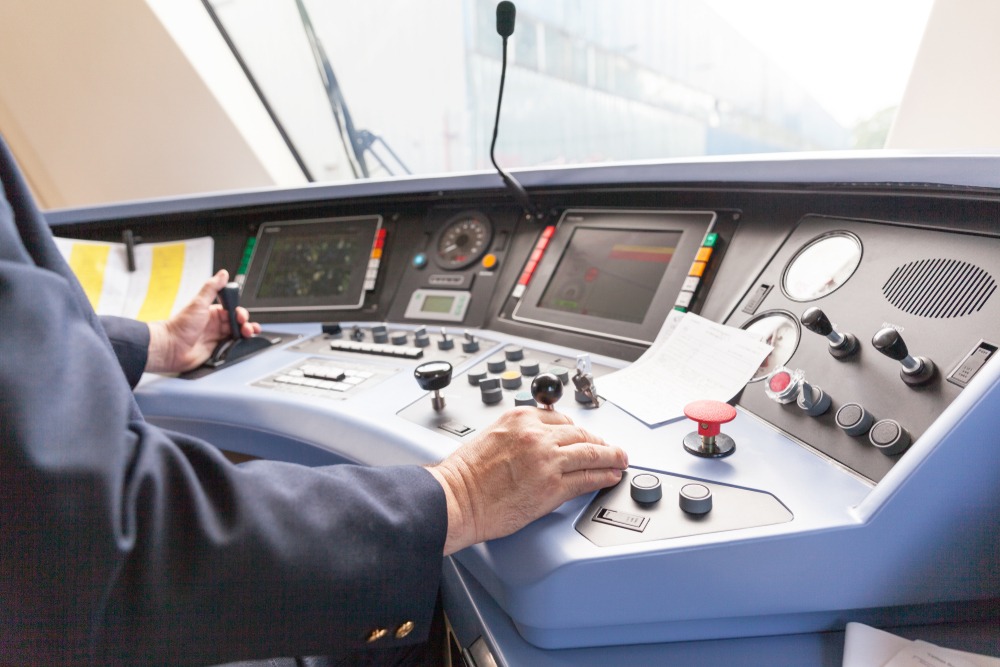
The National Transportation Safety Board (NTSB) recently said engineer fatigue resulting from undiagnosed severe obstructive sleep apnea contributed to two commuter railroad terminal accidents in the Northeast.
A New Jersey Transit railroad accident at Hoboken, New Jersey, on Sept. 29, 2016, injured 110 and killed one. A Long Island Rail Road accident at the Atlantic Terminal in Brooklyn, New York, on Jan. 4, 2017, injured 108 people.
Both trains hit the end-of-track bumping posts and crashed into the stations.
An engineer’s actions determine whether a train stops before the end of the track.
Sleep apnea is not unique to these railroads, NTSB said, recommending safety-sensitive personnel be screened for obstructive sleep apnea.
“Obstructive sleep apnea has been the probable cause of 10 highway and rail accidents investigated by the NTSB in the past 17 years,” NTSB said in August 2017 after the Federal Railroad Administration and the Federal Motor Carrier Safety Administration withdrew their Notice of Proposed Rule Making. “Medical fitness and fatigue, two of the NTSB’s 10 Most Wanted List of Transportation Safety Improvements for 2017 – 2018, are tied to obstructive sleep apnea.”
The NTSB also recommended improving safety-program plans and installing positive train control technology.
The complete accident reports will be available later this year.